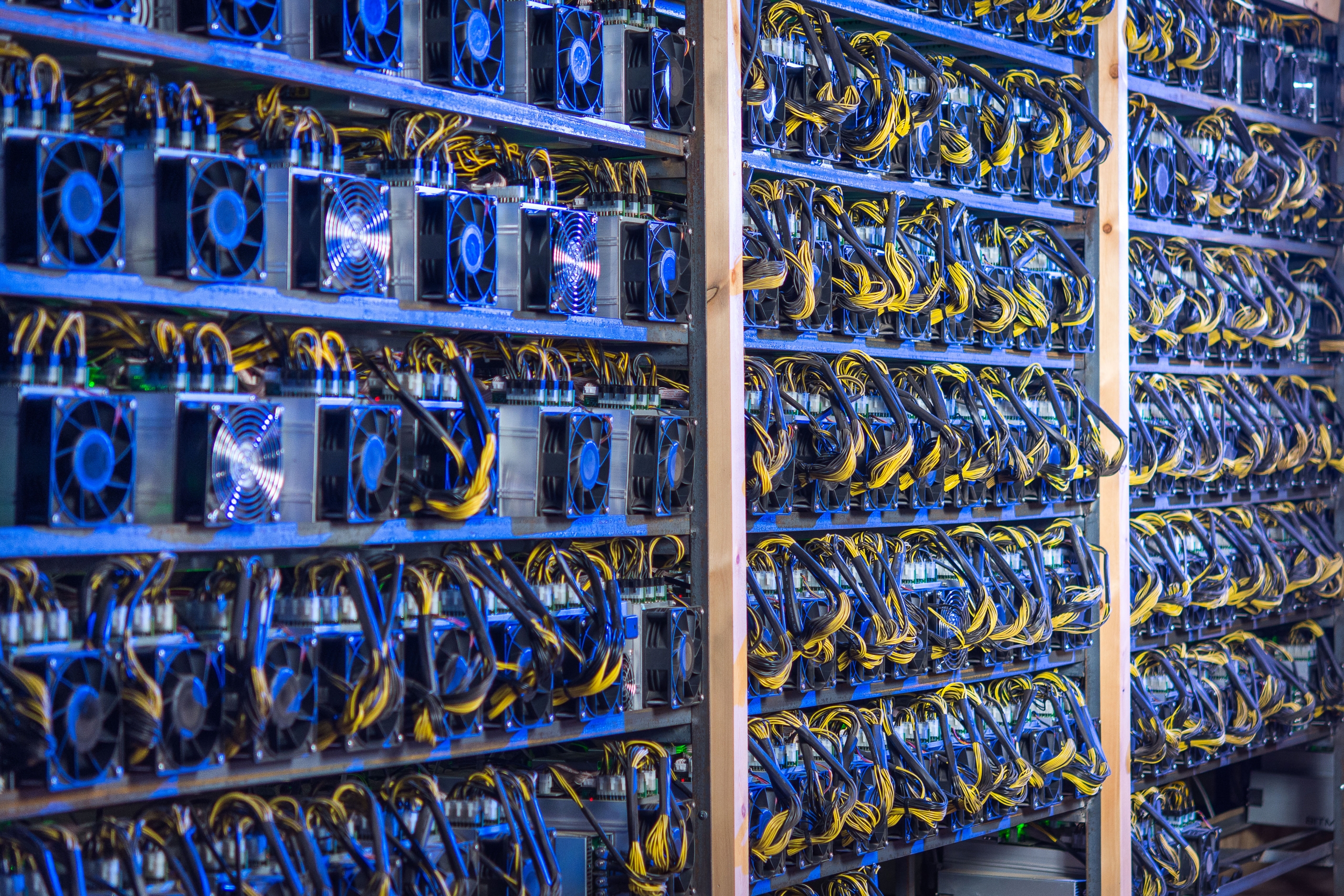
Source: https://www.coindesk.com/markets/2018/04/09/making-the-most-of-crypto-mining-tax-breaks/
Cryptocurrency has become synonymous with terms like stock trading and investments. Although it is becoming more mainstream (you can buy it straight from your Venmo app), crypto is still a foreign concept to most. Unfortunately, since many people lack an understanding of it, the harms of cryptocurrency can go easily unnoticed. In the same vein as my civic issue blogs and issue brief, this blog will discuss one of cryptocurrency’s glaring issues: energy waste.
In case you don’t know how cryptocurrency works, here is some brief background information: cryptocurrency mining is the process of verifying and adding transactions to a network by solving complex mathematical problems using high-powered computers. “Miners” compete to solve these problems, and the first miner to solve the problem is rewarded with a certain amount of cryptocurrency. This process requires a significant amount of computational power and energy consumption, as the algorithms become more complex over time. In a sense, cryptocurrency is like a virtual diamond that tests the limits of what society will deem valuable.
As mentioned, cryptocurrency uses a lot of energy. Mining companies will line up computers in massive warehouses and let them churn out money. The most power-intensive Bitcoin mining operation, called Riot Platforms, uses the same amount of electricity as nearly 300,000 homes. These companies will purchase their electricity in advance which puts strain on the grid and costs far less than what an average homeowner would pay. Most of these operations were originally based in China, but after several recent government crackdowns on cryptocurrency, bitcoin mining companies began to pop up in the United States. With this new influx, power grids are starting to experience a unique slew of problems that these power monsters have caused.
When crises occur, these companies profit from others’ losses. For example, after a storm in Texas, Bitcoin mining company Bitdeer was ordered to shut off its power under an agreement that allowed it to do so if the system was about to fail. In return, it began paying the Bitcoin company, Bitdeer, an average of $175,000 an hour to keep the computers offline. Over the next four days, Bitdeer would make more than $18 million for not operating, from fees ultimately paid by Texans who had endured the storm. These companies are in a unique position where they can make more money by shutting off their services, as nothing bad happens to the company if they don’t mine and still get paid.
In addition to these issues, Bitcoin mining operations are causing serious damage to the environment. The New York Times discovered that 34 large Bitcoin operations in the United States were causing nearly 16.4 million tons of carbon pollution each year. These results are due to the fact that mining companies are creating an electricity demand that can only be satisfied with fossil fuels. Many power grids have a mix of renewable and fossil fuel sources, but when a constant supply of power is needed, these grids have no choice but to direct “dirty” electricity to these companies.
In conclusion, the energy consumption and environmental impact of cryptocurrency mining are serious concerns that need to be addressed. As the popularity of cryptocurrency continues to grow, so too does the demand for energy to power these operations. The massive amounts of electricity required for mining are putting a strain on power grids and causing environmental damage. It is crucial that steps are taken to reduce the energy waste of cryptocurrency mining, whether through the use of renewable energy sources or other means. It is important for individuals and companies involved in cryptocurrency to be aware of the harm they may be causing and take responsibility for their actions.
Sources: https://www.nytimes.com/2023/04/09/business/bitcoin-mining-electricity-pollution.html





